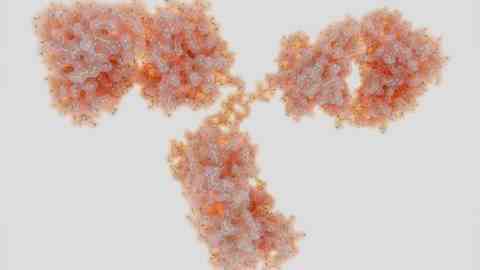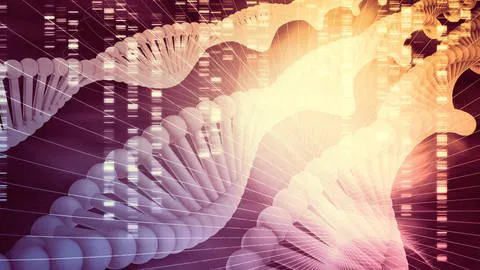The two US scientists Frederick Alt and David Schatz receive the renowned Paul Ehrlich and Ludwig Darmstädter Prize 2023 for immune system research.
This year it went to the researchers from Biontech, next year two immune system researchers from the USA will receive the renowned award Paul Ehrlich and Ludwig Darmstädter Prize. The Board of Trustees announced this on September 20, 2022.
Download Audio (3.1MB | MP3)
This prize is very prestigious, it is awarded to outstanding researchers in the medical field and is considered a harbinger of possible future Nobel Prize winners in medicine. The prize is traditionally awarded on March 14 in Frankfurt and is endowed with 120,000 euros.
Who will receive the award?
Frederick Alt and David Schatz have a few things in common: both are almost or already reaching retirement age, both are still doing research at renowned universities in the USA and both have contributed to the fact that we understand our immune system much better today than we did a few decades ago.
The researchers Frederick and David Schatz have dealt with the human immune system in their research and have made a significant contribution to a better understanding of it.
IMAGO
Science Photo Library
Immune system – How does it work with the antibodies at all?
Because if you think about how many different pathogenic viruses, bacteria and fungi there are, and how quickly some of them change, then you can imagine that the body also needs many different antibodies to protect itself, which are supposed to recognize these invaders.
The building instructions for proteins – and from which antibodies are made – are on our DNA, in the genes. We don’t have very few of them either, but the number is limited.
When we take stock of the patrolling antibodies in our immune system, we notice that they don’t go together – we produce many more variants of antibodies than the building instructions for them could be stored on the DNA. How does it work?

Antibodies, including immunoglobulins, are used by the immune system to protect our body from disease-causing viruses, bacteria and fungi.
IMAGO
Science Photo Library
In order to enable the greatest possible variety, our body ultimately plays with chance.
Because an antibody consists of several components, some of which are the same for everyone, while some are variable. These variable areas look different in all antibodies, so that they can later recognize the invaders.
Normally, our body would read the building instructions for this variable area from the DNA in one piece. From the front to the back.
In the case of antibodies, however, he pulls out his craft bag, as it were. Small snippets are cut out of several regions of the DNA, brought together and attached to one another with adhesive tape. This creates many more possible combinations than with the conventional reading method.

The special method of combining different components of antibodies creates a large variety of antibodies – by chance.
IMAGO
panthermedia
What did the immune system researchers find out?
It was already recognized in the early 1980s that the large variety of antibodies is the result of such a throwing together of different gene sequences. In 1987 it was awarded the Nobel Prize in Medicine. But the work of Alt and Schatz made it clear how this works: Schatz found the scissors, i.e. the enzyme complex that selects and cuts the various gene sequences, and Alt identified the body’s own adhesive tape that turns the snippets into legible building instructions.
And that’s not all: Alt also showed that the body provides even more variety with different tricks. And Schatz was able to show how this mechanism came about in the course of evolution.

The researchers found out exactly how the diverse possible combinations of antibody components come about.
IMAGO
Science Photo Library
Today we know that people in whom this principle does not work so well, for example in whom the scissor complex is disturbed, develop a severe immune deficiency. According to the board of trustees of the Paul Ehrlich and Ludwig Darmstädter Prize, the research of Alt und Schatz has made a significant contribution to our better understanding of our immune system today. And that makes further research and the development of therapies possible, in which the immune system plays a decisive role.

